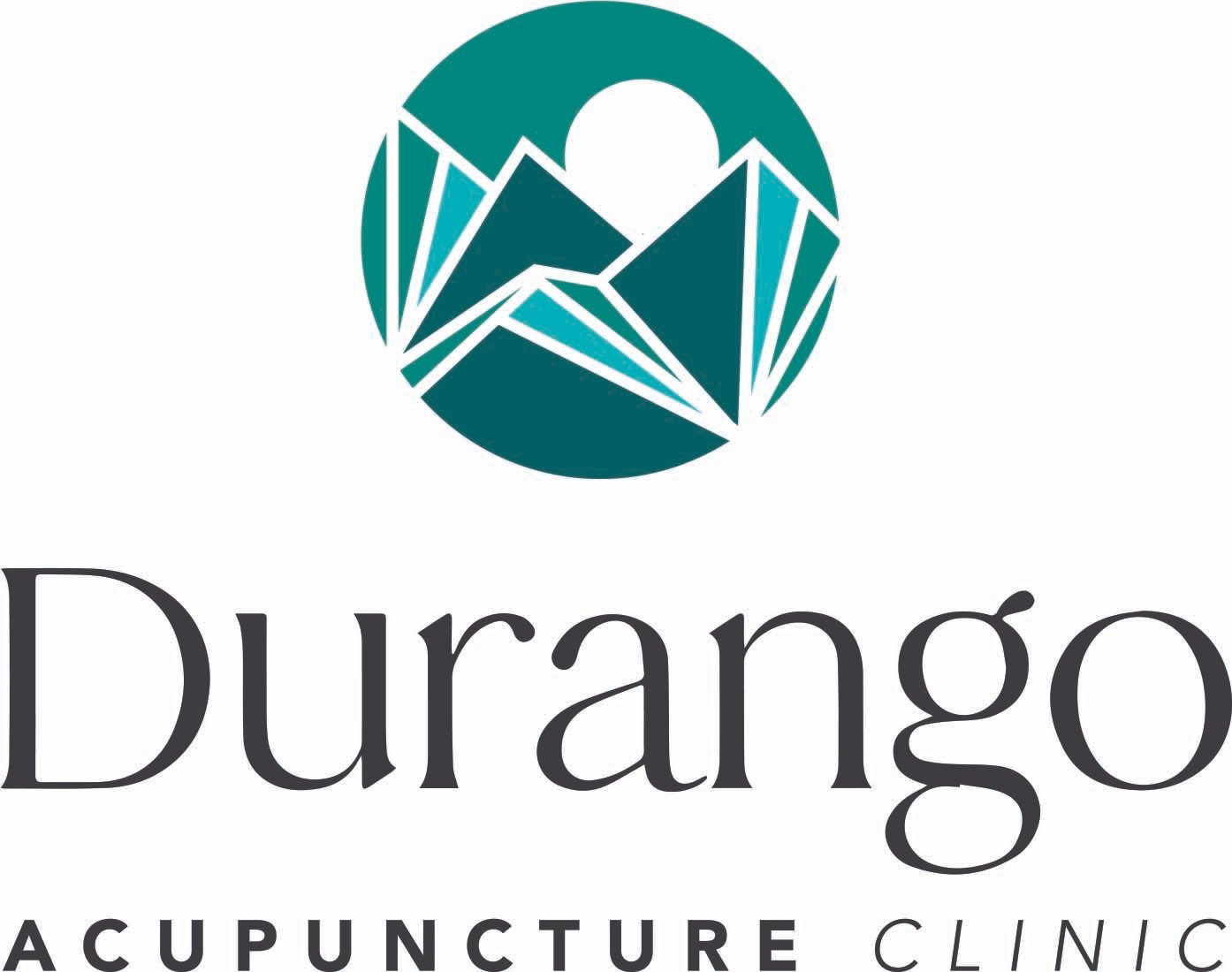I get asked this question quite a lot and, unfortunately, there’s no real universal answer. In the grand scheme of things, our approach to health and wellness here in America is a bit backwards compared to many other parts of the world.
From a fireman’s perspective, we tend to concentrate more on the drama of putting out the flames that are engulfing our living room (or gallbladder) rather than focusing our attention on not playing with matches in the first place. To our credit, we in the Western world have some pretty amazing and inspiring ways of putting out fires when it comes to health. We are fortunate to have incredible life saving medications, surgeries and diagnostics at our fingertips, which are wonderful but can often be relied upon in ways that create a pretty unhealthy approach to health. And I get it, putting out fires is sexy, surgeons don’t spend 8-10 years in school and residencies so that they can tell you to eat more apples and go for a walk, they are in it for the love of the heroics behind the surgery.
In China, at least in the good ol days when Chinese Medicine was the only medicine; you paid your Acupuncturist when you were well. What a novel idea right? Imagine if we paid our physicians for keeping us well, for helping us avoid illness and disease rather than for saving us from the very thing that might have been prevented in the first place. Kind of crazy to wrap your mind around, isn’t it?
We don’t operate that way, most of us have grown into a society that waits until things are broken to fix it, rather than thinking about how we can prevent the break in the first place. I get it, we’re busy, we don’t always have time to eat right, work-out, meditate and visit our Acupuncturist, chiropractor or massage therapist regularly.
In my practice, I do quite a bit of putting out flames, but I always search for the underlying cause, the secret pyro that lit the fire in the first place. While we can often achieve results after one treatment, it usually takes 3-10 treatments to really resolve the issue. Because we are so used to taking a pill to mask our symptoms without ever addressing the underlying root cause, this approach can feel a bit daunting to some. Getting to the root takes time, and the longer you’ve been battling pain or disease, the longer it can take to unearth the underlying catalyst. Fortunately, I’m a pretty impatient Acupncturist, I like to see results and make them stick fast. Over my past 12 years of practice, i’ve discovered that the closer we can cluster those first 3-5 treatments, the more effective and efficient our results will be. Once we get you to a place where you feel human again, we can then stretch the time between treatments farther and farther apart until you are no longer in need of my services. At that point, you can switch to a more preventative approach to healing, by coming seasonally or at the very beginning stage of pain or illness, at the point where we can set you straight with just one or two treatments.








